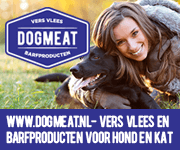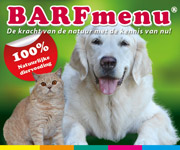ivm de lengte van de tekst heb ik het in meerdere stukken verdeeld
First just wanted to say thanks for the chat tonight. I know we spoke about the heat w/respect to dogs working and I did find some of the sites which I remembered researching a while ago on heat and how nutrition also plays a BIG role in regulating it:
It's an article which explains and supports the role of nutrition in heat regulation and in prevention of hyperthermia. It's an excellent article for all; but even more specific to working dogs...






